Japan Team Unleashes "Game Changer": Locking High Energy With Iron-Based Materials, Fluoride Ion Batteries May Rewrite The Future Of Electric Vehicles
In this era where electric vehicles are everywhere and smartphones and tablets are always in hand, battery anxiety has become a modern urban ailment.
The insufficient driving range, slow charging speed, and limited battery lifespan are diminishing the advantages of lithium-ion batteries.
Unexpectedly, at this moment, good news came from Japan: they have developed a new type of fluoride ion solid-state battery, which reportedly has an energy density several times that of lithium batteries.
Is this seemingly groundbreaking fluoride-ion battery really as miraculous as it sounds?
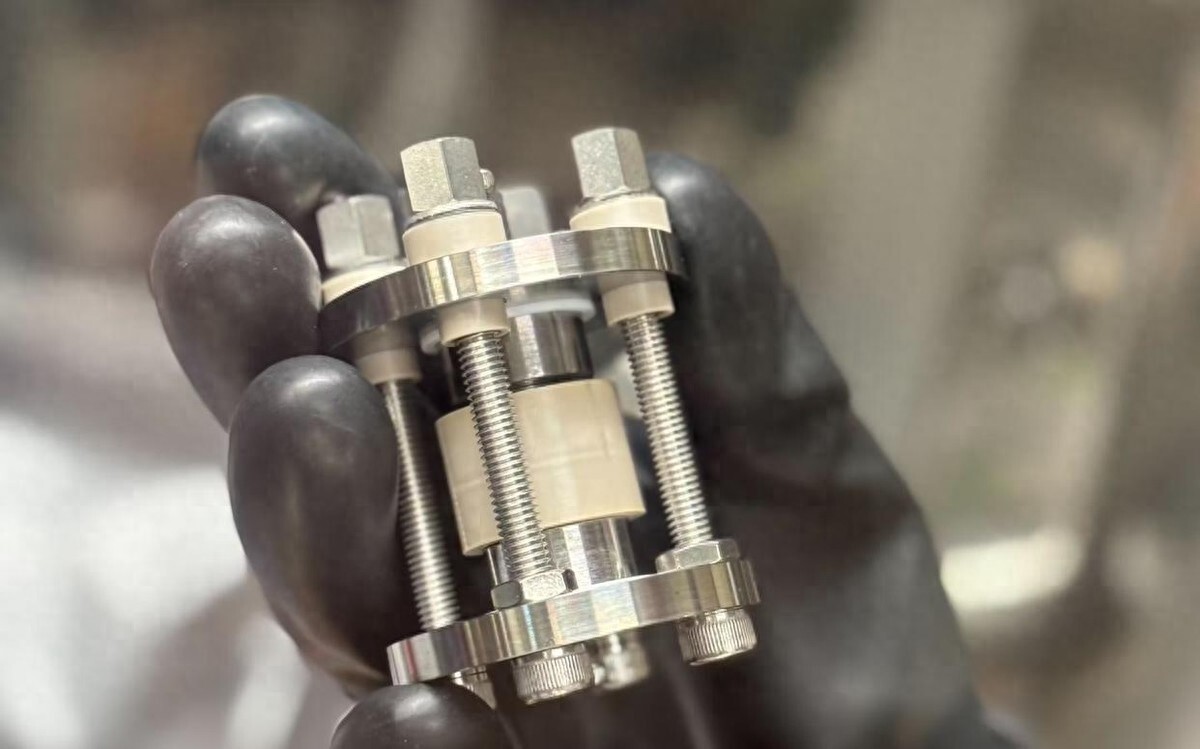
The breakthrough in fluorine electrics sparks heated discussion.
The fluoride ion battery technology that caused a sensation this time was developed by a Japanese company and academic team together. They are targeting a type of cathode material called copper nitride, which is not simple.
According to Dr. Zhang Datong from Kyoto University, their team has been troubled by the range of electric vehicles for many years, feeling that lithium-ion batteries seem to have hit a ceiling.
Just when it seemed like there was no way out, an unexpected discovery brightened their outlook. Dr. Zhang accidentally found in the laboratory that copper nitride has a very special material structure.
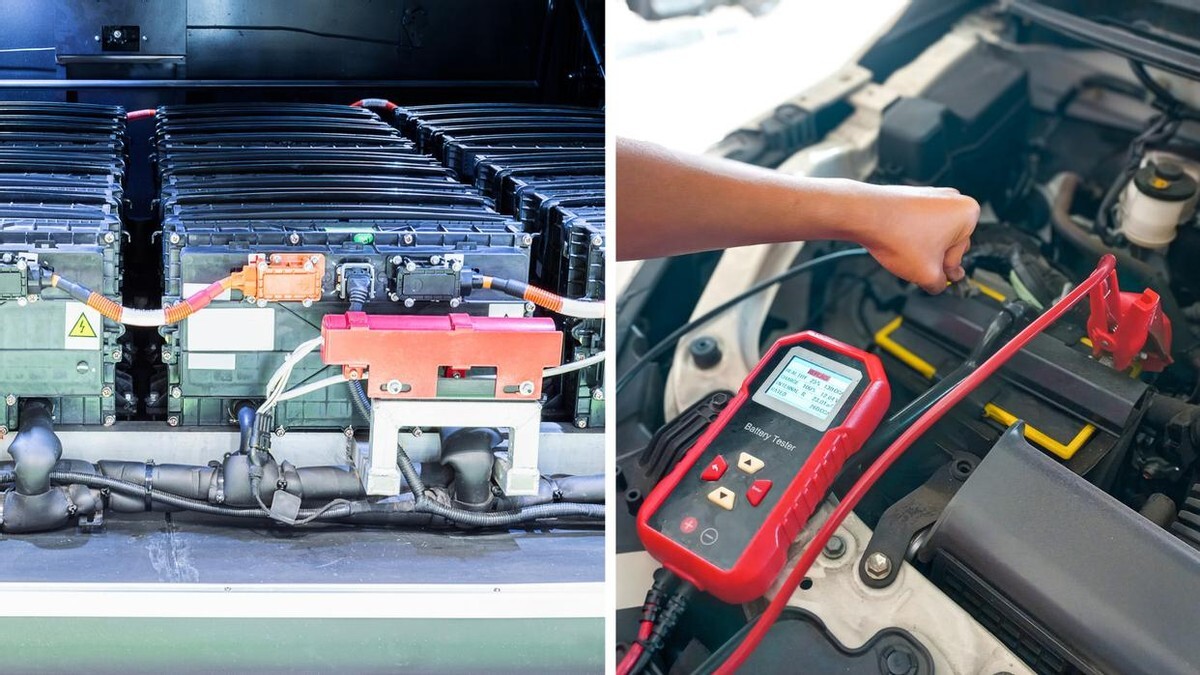
Copper atoms are arranged linearly, with ample vacancies around them, making it ideal for fluoride ions. These fluoride ions are small and move swiftly in solid materials, theoretically making them more suitable than lithium ions as a transport medium in batteries.
The reserves of fluorine on Earth are much more abundant than lithium, which means it is more economical and sustainable. However, lithium-ion batteries have long been neglected, and the key issue is the lack of suitable cathode materials.
This time, with the emergence of the new material, the research team conducted countless experiments and finally produced a pure material, which was then placed into the newly developed battery.
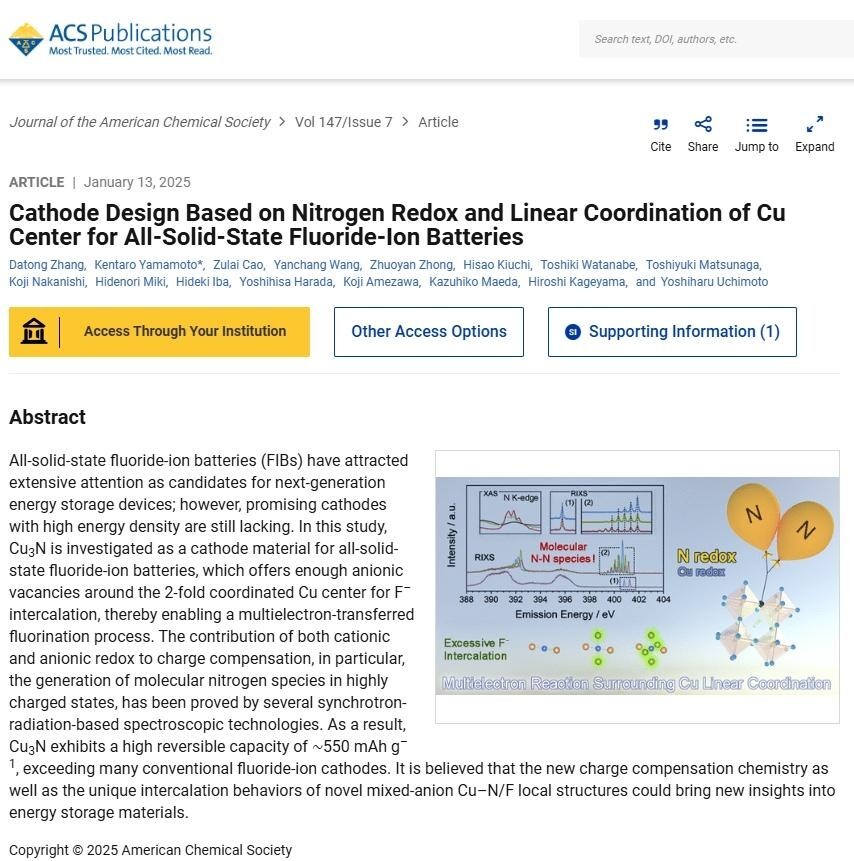
The test results are truly astonishing. The battery's capacity has reached more than twice what current technology can achieve, and the volumetric energy density of this new battery is about three times that of traditional lithium batteries.
Even the gravimetric energy density has doubled. To put it in more intuitive terms, the electric vehicle's range could theoretically leap from the current 600 kilometers to 1200 kilometers.
The secret of this battery lies in its unique reaction mechanism. Traditional batteries generally involve only metal ions participating in oxidation-reduction reactions during charging and discharging.
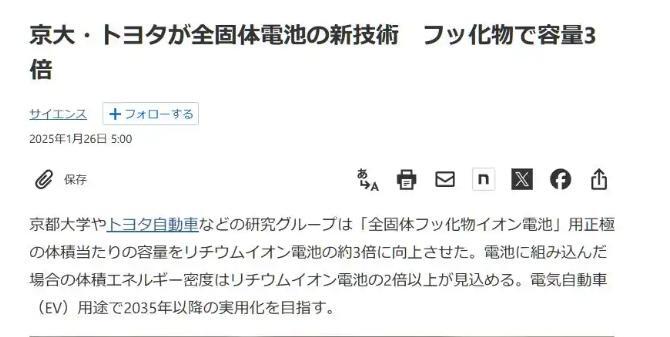
However, fluoride ion batteries are different; they not only involve metal ions in their operation, but nitrogen atoms also actively participate.
The more electrons involved in the reaction, the higher the energy density naturally becomes.
During charging, fluoride ions move out from the positive electrode, and copper atoms and nitrogen atoms are oxidized. During discharging, fluoride ions move back, and copper atoms and nitrogen atoms are reduced.
This mechanism of multi-electron transfer can be said to extract more potential from the materials, resulting in a significant increase in the energy density of the battery.
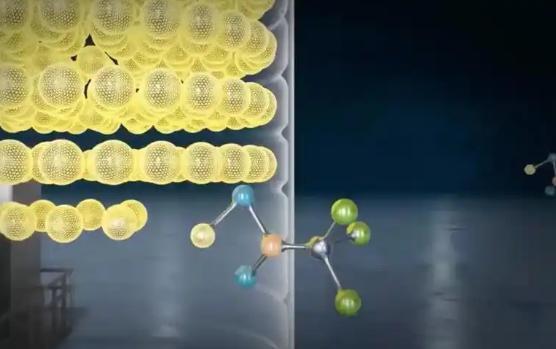
Commercial challenges remain unresolved.
Lithium-ion batteries have shown exciting potential, but there are still many hurdles to overcome before they can be truly brought to market, and the first issue is temperature.
The batteries currently in the laboratory need to operate at a high temperature of 140°C, which is obviously too high for batteries used in everyday applications.
Although copper nitride cathodes have demonstrated good cycling stability, there is still a gap compared to the thousands of cycles required for commercial batteries.
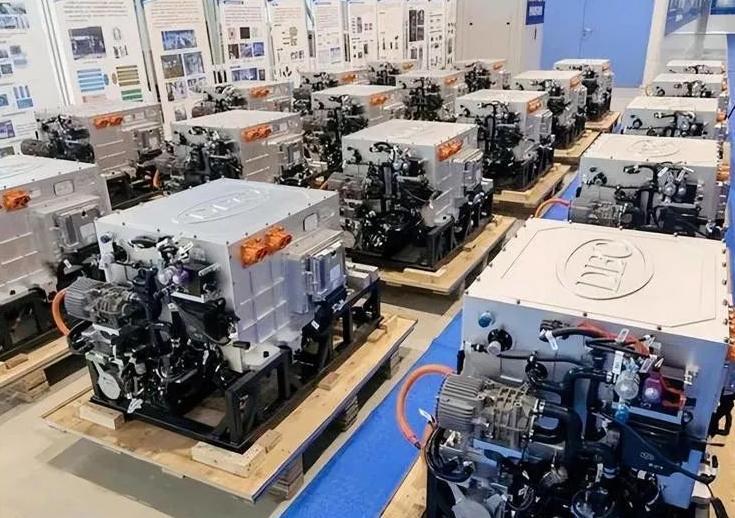
The news mentioned that this technology is expected to be applied to electric vehicles after 2035, which means there is still a long way to go from the laboratory to actual mass production and then to market application.
After all, a new technology needs to go through countless optimizations, tests, and verifications from inception to maturity. Cost, safety, production processes, and other aspects may all encounter unexpected challenges at each stage.
Japan's breakthrough in lithium-ion batteries is certainly noteworthy, but China has already accumulated considerable strength and experience in the field of new energy vehicles and battery technology.
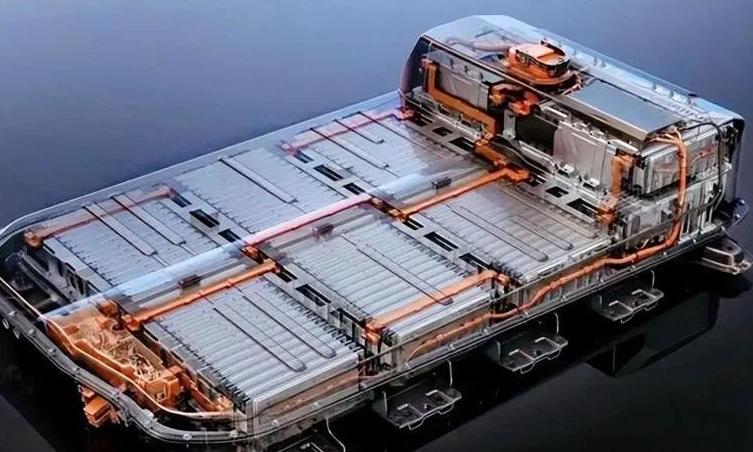
China has a vast market and abundant application scenarios, providing a broad development space for the new energy vehicle industry. At the same time, China has also established a relatively complete industrial chain in battery materials and battery manufacturing.
Faced with Japan's new technologies, Chinese companies will certainly not stand idly by. Increasing R&D investment, strengthening international cooperation, and promoting industrial upgrading are all inevitable choices to meet the challenges.
The ultimate goal of technological competition is to be realized in products and markets. Whoever can more quickly transform new technology into mature, reliable, and economically practical products will hold a more advantageous position in future competition.
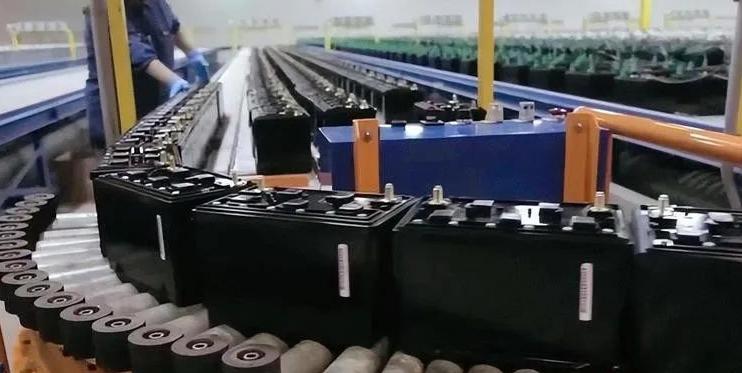
Future Outlook of Batteries
Looking to the future of battery technology innovation, it is not limited to fluoride-ion batteries, for instance, injecting batteries to repair their lifespan or putting protective coatings on batteries to enhance their performance in low temperatures.
There are also solid-state lithium batteries that are puncture-resistant and unaffected by boiling, fiber lithium batteries that can turn clothes into power banks, and safer and more efficient battery extinguishing agents, among others.
These technologies, from different perspectives, are striving to break through the current battery bottleneck, improve battery performance and safety, and expand battery application scenarios.
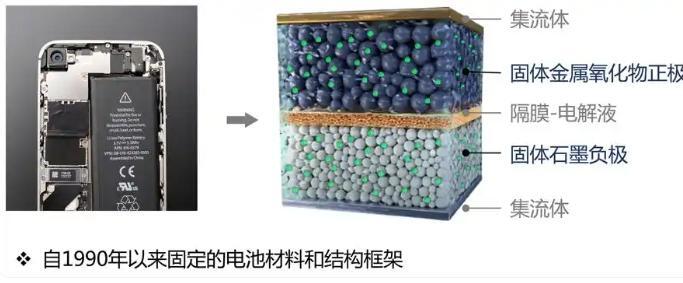
The world is accelerating energy transition and developing the new energy industry, with battery technology being one of the core driving forces of this transformation.
Batteries with higher energy density, longer lifespan, greater safety and reliability, and better economic and environmental performance are sure to profoundly impact the future of transportation, energy, and lifestyle, and may even reshape the global energy landscape.
In this sense, the breakthrough of Japan's fluoride-ion battery is not only an advancement in Japanese energy technology but also an important signal for the development of global battery technology.
It indicates that innovation in battery technology is still accelerating, and future batteries will surely be far more powerful and intelligent than what we see today.
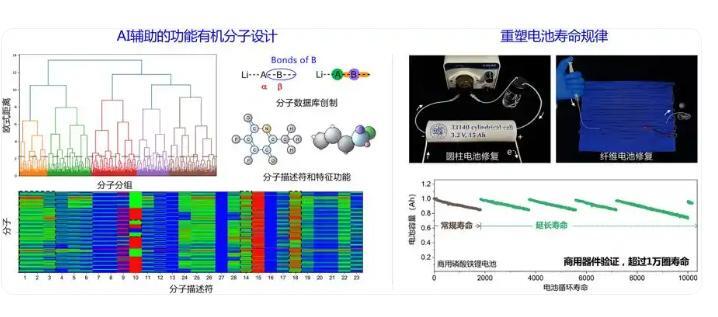
The emergence of Japanese fluoride ion battery technology has opened a door for us to a world of higher energy density batteries.
Although there is still some way to go before commercialization, the immense potential demonstrated by this technology is enough to make us hopeful for the future of battery technology.
【Copyright and Disclaimer】The above information is collected and organized by PlastMatch. The copyright belongs to the original author. This article is reprinted for the purpose of providing more information, and it does not imply that PlastMatch endorses the views expressed in the article or guarantees its accuracy. If there are any errors in the source attribution or if your legitimate rights have been infringed, please contact us, and we will promptly correct or remove the content. If other media, websites, or individuals use the aforementioned content, they must clearly indicate the original source and origin of the work and assume legal responsibility on their own.
Most Popular
-

Zf asia-pacific innovation day: Multiple Cutting-Edge Technologies Launch, Leading Intelligent Electric Mobility
-

Mexico officially imposes tariffs on 1,400 chinese products, with rates up to 50%
-

Fire at Sinopec Quanzhou Petrochemical Company: 7 Injured
-

List Released! Mexico Announces 50% Tariff On 1,371 China Product Categories
-

Argentina Terminates Anti-Dumping Duties on Chinese PVC Profiles! Kingfa Technology & Siemens Sign Digital and Low-Carbon Cooperation Agreement






